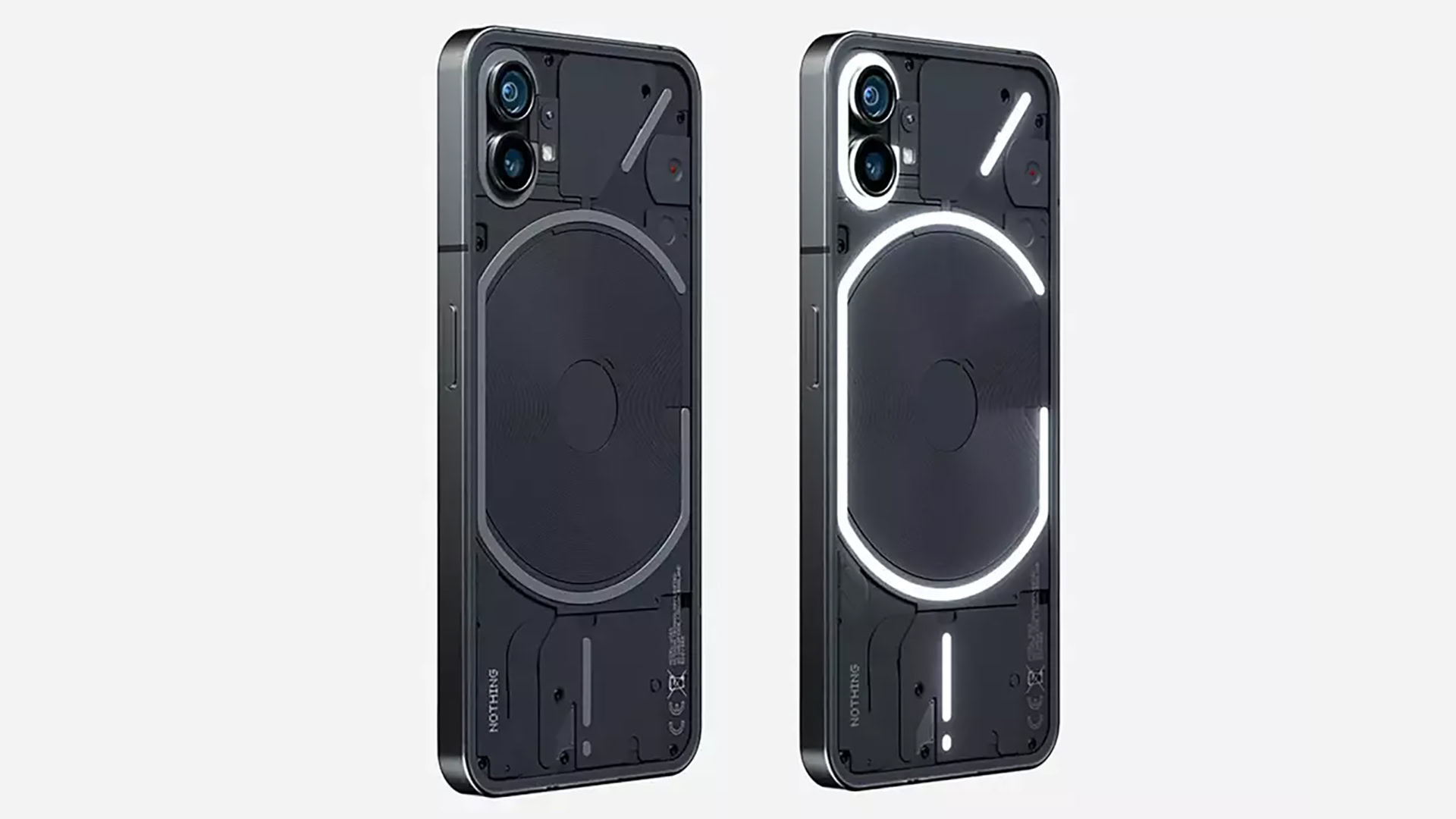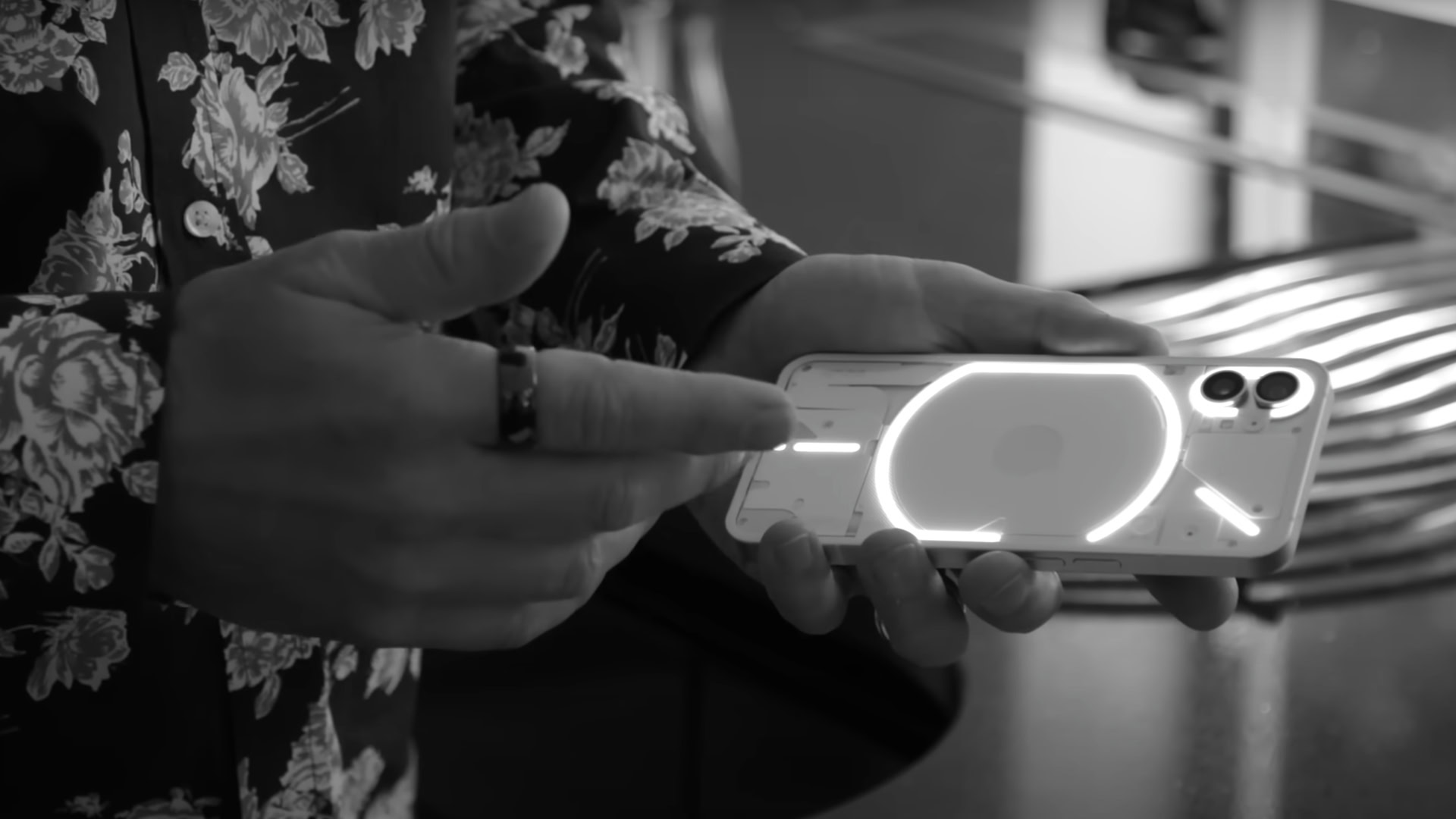Affiliate links on Android Authority may earn us a commission. Learn more.
Nothing's first phone isn't a flagship and that's a good thing
Dominating the news cycle is a pretty big feat in itself. But the potent combination of the mystique surrounding Carl Pei, and the sheer dearth of something fresh in the smartphone space has elevated the Nothing Phone 1 to the top of tech-focussed conversations around the world. With Carl Pei copying the OnePlus playbook to a tee, the hope for an exceptionally competitive device at an equally compelling price point is at an all-time high. You know what they say, with great hype come great expectations.
However, earlier this week, Carl Pei revealed in an interview that the Nothing Phone 1 will be powered by a Snapdragon 778G+ processor. This decidedly mid-range approach seems to have put a dampener on many fans’ hopes and expectations. But in our opinion, it is exactly the approach Nothing needs to succeed. The smartphone market has changed by leaps and bounds in recent years. You know specs are passe when chipsets like the Snapdragon 870 are doing the rounds in run-of-the-mill mid-range phones. What we haven’t seen in a while though is a truly world-class all-rounder — a market segment that the Nothing Phone 1 could be perfectly positioned to take over.
We called it first at Android Authority; the Nothing Phone 1 has no shot at success unless it can hit an affordable price point, for more reasons than one. Here’s why taking the mid-range route is the best opportunity Nothing has to succeed.
It takes more than hype to make customers open their wallet
To start off, there’s the obvious — Nothing simply doesn’t have the goodwill or brand entropy needed to sell a thousand euro smartphone. There’s a wide gap between getting fans excited about a product and getting them to part with cold, hard cash. It’s not that a fresh startup can’t move volumes, but a smartphone is a big commitment both for a customer and a brand. At a time when even Google has struggled to nail the software experience on its Pixel line-up, it is understandable that even the most ardent fans would prefer to wait it out for the first round of reviews before making a commitment. Customers are a lot more forgiving towards and willing to take a chance on a $500 smartphone than a $1000 flagship.
Opinion: Nothing is borrowing all the right moves from the early OnePlus playbook
But it goes further than that. Building a smartphone is an incredibly expensive task. More so for a startup. Sure, if push came to shove, Nothing could probably build a competitively priced phone with high-end specs but that would likely mean that the rest of the package would suffer. Margins in the smartphone industry are razor-thin as is, and the only way to maximize them is through the sheer order volume for components. That’s not an option for Nothing. A 140 million dollar war chest isn’t nearly enough to commit to a large inventory of flagship smartphones.
A high-end phone would mean sacrificing the core experience, something Nothing just can't afford.
Nothing’s target markets are Europe and India, two territories that are well versed with affordable, high-performance smartphones. Xiaomi, POCO, and realme built out their brands in these territories, and India, in particular, has been OnePlus’ stomping ground almost right from the beginning. All these brands are playing the spec game at varying price points and Nothing would end up lost in the noise trying to emulate them. In Europe, the only plausible all-around competitor for Nothing is the Pixel 6a. But that phone will only be available in limited territories. For Nothing to succeed, all it really has to do is undercut the alternatives on price and match it up with a good enough experience. Couple that with a design-focused gimmick, and you’ve got the makings of a reasonably successful strategy.
Meanwhile, Nothing’s savvy marketing has already ensured that the brand has more public awareness than most early-stage hardware startups. For a brand new company, being a part of the cultural conversation, especially amongst tastemakers, is a dream come true. But customer acquisition is, simply put, way more critical than creating an aspirational confluence of high-end art and technology. That puts even more pressure on Nothing to actually get their phone in customers’ hands.
The design might be a gimmick, but it isn’t the only trump card Nothing has
Nothing and Pei talking up aesthetics is no coincidence — the focus is on making a splash. Design is the one frontier where they can differentiate themselves. A high-spec phone would be yet another phone amongst a dozen alternatives that already exist. The smartphone industry has moved forward by leaps and bounds since the early days of OnePlus, and a OnePlus 2.0 just wouldn’t have the same impact today.
The OnePlus formula has been copied ad nauseum and a OnePlus 2.0 would barely make a splash.
Tech experts and smartphone aficionados would have you believe that the Nothing Phone 1 stands no chance if it isn’t a flagship. But historical precedence shows that the flagship approach combined with an all-new brand has rarely worked, be it the Fire Phone, Essential, or even the Red Hydrogen One. All had interesting ideas, but getting buyers to commit top-dollar requires a degree of finesse that a first-effort just can’t have. I don’t know about you, but I’d rather have a competitive, well-polished premium mid-ranger with something unique to offer than yet another POCO or realme wannabe.
See also: Nothing reminds us that smartphone design innovation isn’t dead
Of course, being a mid-ranger doesn’t guarantee success to any degree. But by taking the mass-market route with a focus on good-enough hardware and hopefully doubling down on the experience, the Nothing Phone 1 is much better positioned to have a chance at success.


